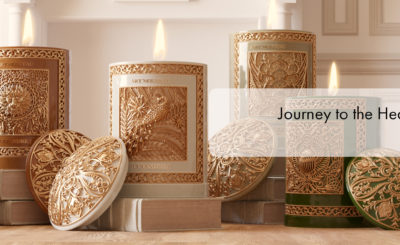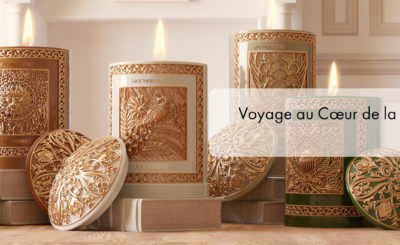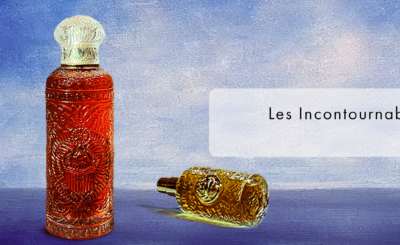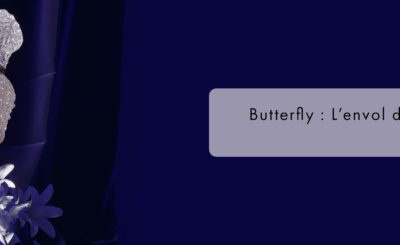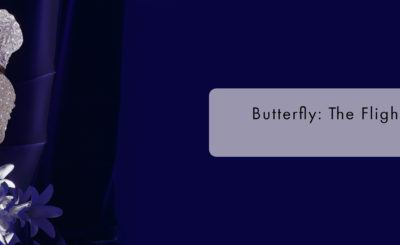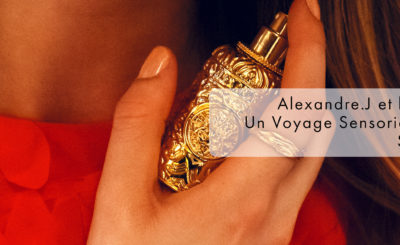Fragrances are made of both natural and synthetic materials. Obviously, natural raw materials come from good ol’ nature such as plants, animals, or minerals whereas synthetic materials are made to recreate smells that are not available or cannot be extracted from natural sources. There’s a massive library of materials used in perfume making; let’s discover some of them and where they can be found.
Grasse, France has a long history engraved in perfumery. The environment of this medieval town south of Provence nurtured the rose, jasmine, lavender, and other flowers that were the roots of the French perfume industry as far back as in the 17th century. But did you know there are other places in the world that are abundant in fragrance raw materials?
Rose Aptly dubbed the “Queen of Flowers” the rose is one of the most common ingredients in perfume. Some of the popular ones are Damask (Damascene rose), Turkish rose, or Rosa Centifolia, all grown in Grasse. But about 70% of rose oil actually come from Bulgaria, and other produces are Turkey, Morocco, and Iran. Another significant variant is the Porcelain Rose native to Malaysia and Indonesia. Muster the scent of this flower with Rose Oud.
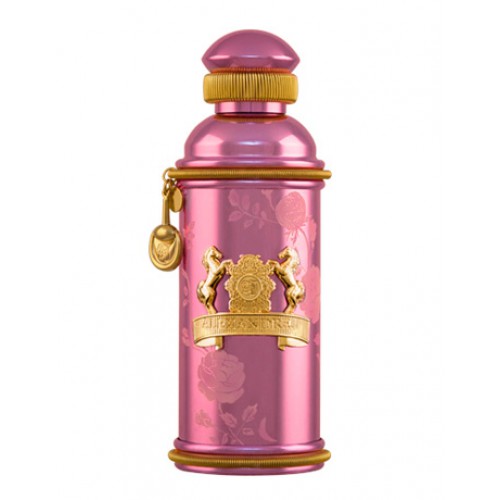
Jasmine Another “foundation” of perfumery, you can hardly find a scent in the world without even a hint of jasmine somewhere in its body. With over 450 species, only 2 of them are preciously prized as raw materials in perfumery, namely: Jasminum Grandiflorum, and Sambac Jasmine. Despite its Indian and Chinese origins, Jasmine is primarily grown in Egypt and is also cultivated in Grasse. These days, it is grown for the fragrance industry all over the world from India to France, Algeria, Morocco, and Spain. Perfumers are so fond of this ingredient for its sweet and seductive musky scent. In the perfumer world, it is simply called “La Fleur” because it just simply does its magic! Smell Jasmine in Mandarine Sultane.
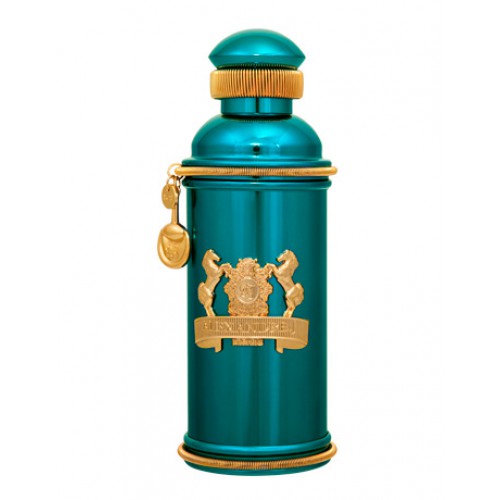
Oud This raw material might have split opinions. Love it or hate it, but there’s no denying that it’s become one of the most coveted ingredients in fragrances. Often referred to as the “wood of the gods”, Its rarity hiked up its price as good quality oud has become harder and harder to source, which is why a lot of perfumers have turned to synthetic oud these days especially since Europe and a lot of commercial and niche perfume brands started clamoring for oud creations. Despite its popularity in the Middle East, oud is actually mainly sourced from Southeast Asia. India’s being the most sought-after followed by Malaysia and Cambodia. Experience the fascination with Majestic Oud.
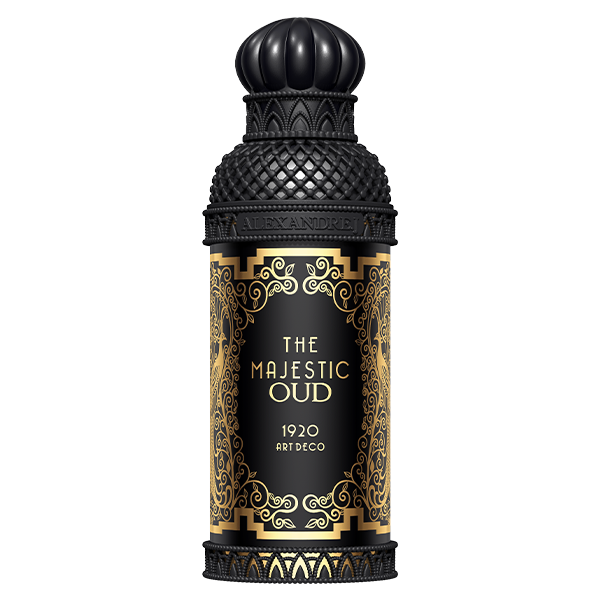
Sandalwood This raw material seduced ancient Arab perfumers long ago. It formed the base of perfumes and incense in its pulverized form. It is also tied with spiritual traditions in India and is often used in meditation to help calm and sooth the mind. This semiparasitic plant is a small tree that grows in India and Indonesia, but Australia has fast become a major producer of this material over the years after having grown the trees. Its distinctively milky smooth, warm, and creamy scent is often used as a base to many feminine perfumes – Rose Alba.
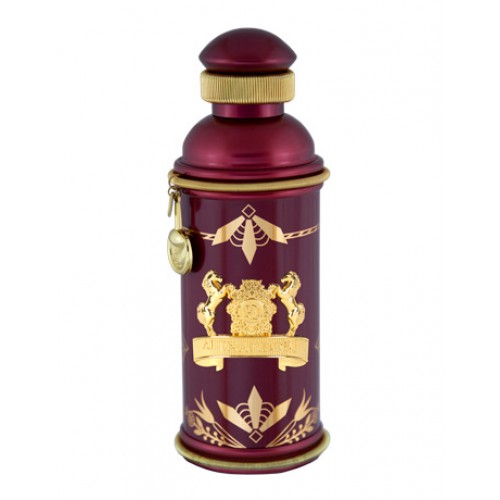
Bergamot One of the most widely used citrus fruit in fragrances, this zesty-sweet note is hinted with just enough spice that makes it a popular top note among male and female perfumes. Its fresh and uplifting qualities is so well-rounded that it is actually considered to be the finest of all citrus notes. Perfumers love working with bergamot because of its versatility and ability to blend well with a wide range of scents. Bergamot originated in Southeast Asia but is now cultivated in Southern Italy’s Cambria. Alternative productions are also done in Algeria, Morocco, Tunisia, Turkey, Argentina, and Brazil – Majestic Vetiver.
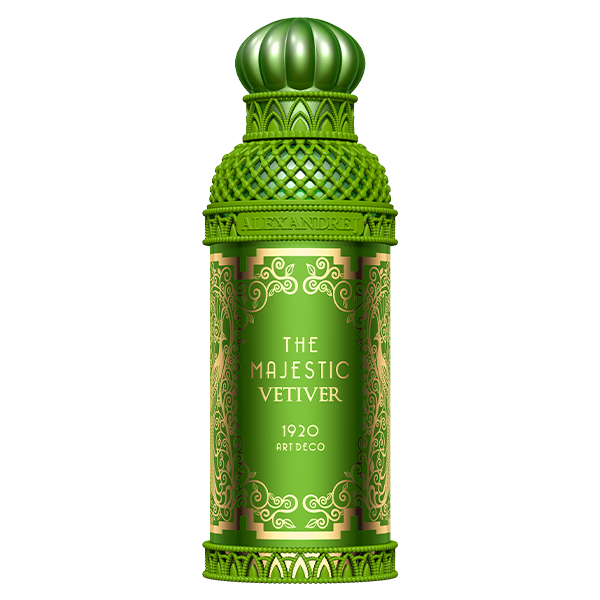
Vanilla No other way to describe it: vanilla is simply magic. It’s a scent that is one of the most easily recognized. Whenever we smell something, our receptors eventually wipe away scents to make way for a new one. Adding vanilla to other naturally present vanillin works to slow the process down which gives us more time to enjoy a fragrance’s sensation. Vanilla is extracted from an orchid-like plant that grows perfectly in Madagascar with best quality coming from Réunion. After saffron, it is the second most expensive spice in the world which is why a lot of perfumers resort to synthetic vanillin. Other sources of vanilla are Mexico and Tahiti – Majestic Vanilla.
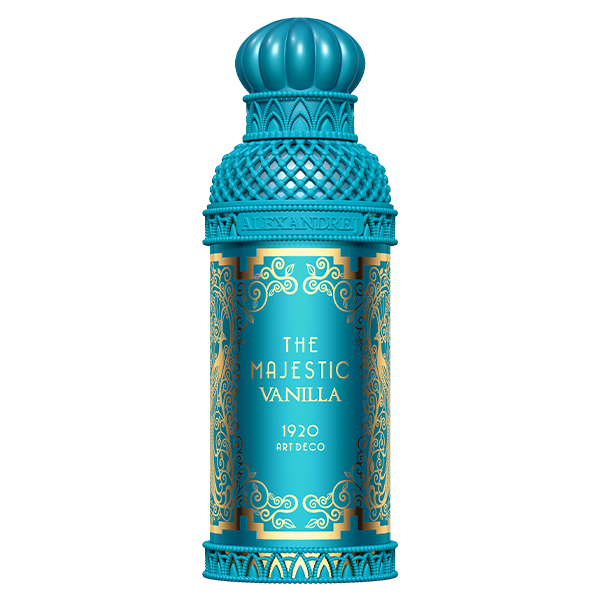
This list isn’t everything for sure! Perfume has a long, wide, history dating back to ancient times and cultures, which is why it’s only natural that ingredients and raw materials are found all over the globe. While its true that the growing demand and increasing scarcity is clouding over some of the precious materials, synthetic notes are considerably great alternatives which means we continue to enjoy the same (or pretty close) aromas that has been around for centuries… well at least now you know where some of the raw materials originated!

